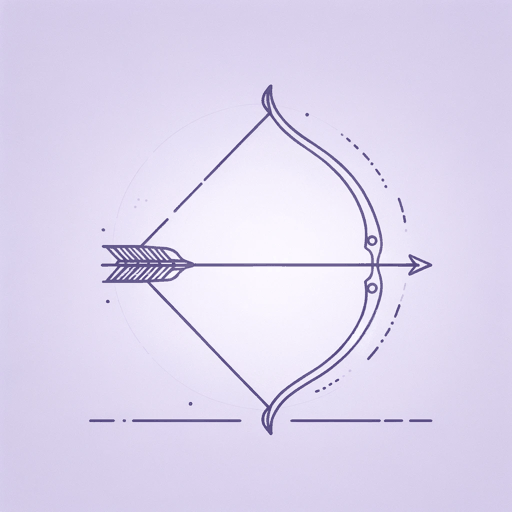47 pages • 1 hour read
Joseph M. Marshall IIIThe Lakota Way: Stories and Lessons in Living
Nonfiction | Book | Adult | Published in 2001A modern alternative to SparkNotes and CliffsNotes, SuperSummary offers high-quality Study Guides with detailed chapter summaries and analysis of major themes, characters, and more.
Symbols & Motifs
Bow and Arrow
The bow and arrow are not simply the tools of the warrior or hunter. They are also, to the author, the symbol of the balance that represents perfect love. A bow cannot exist without an arrow, and an arrow achieves nothing without a bow. To, to this author, symbolizes the balance needed to achieve love and symmetry. In addition, Marshall writes about how the ash wood to create bows had to be dried and cured for many years. However, ash that had been struck by lightning was used to make the strongest bows of all, as adversity (in the form of lightning) results in strength. Therefore, the bow and arrow are a symbol of both balance and strength.
Iktomi
The author writes of Iktomi, the trickster figure in Lakota legend. He convinces ducks to close their eyes and dance while he plays a song and tries to club many of them. Iktomi is a symbol of the illusions that can dog many people and of the ways in which Native Americans have often been the victims of untruths told by whites (for example, the untruth that the Fort Laramie Council Treaty was just the result of whites wanting land for their wagons to pass through on the Oregon Trail).

